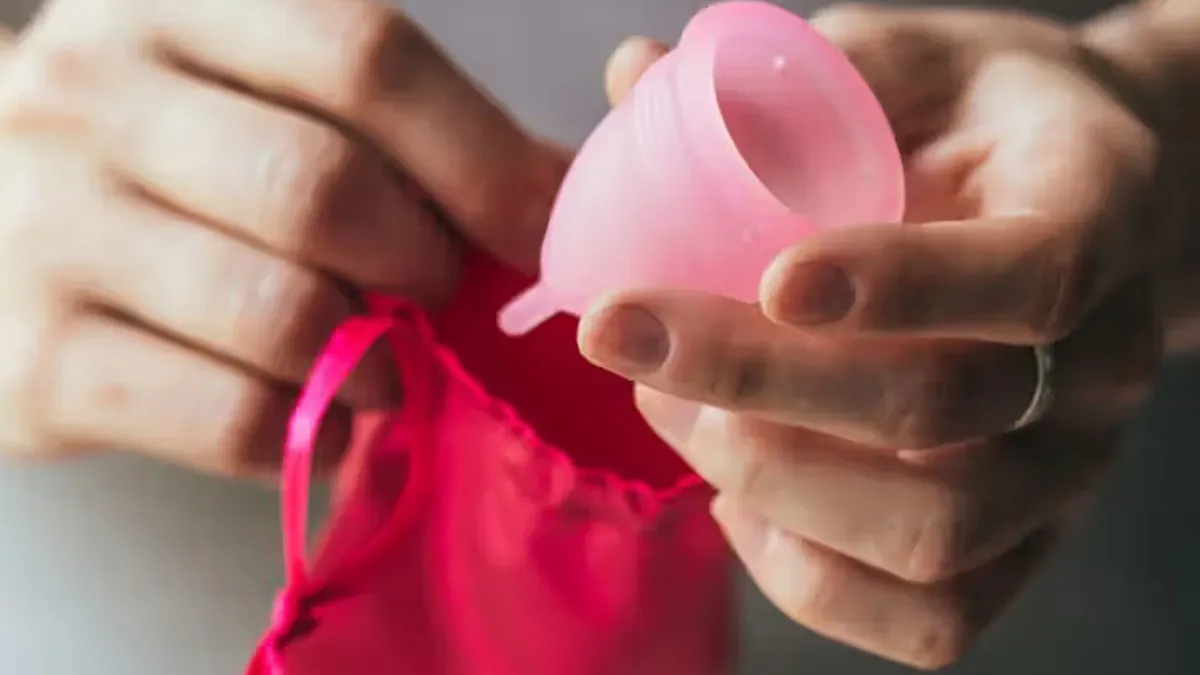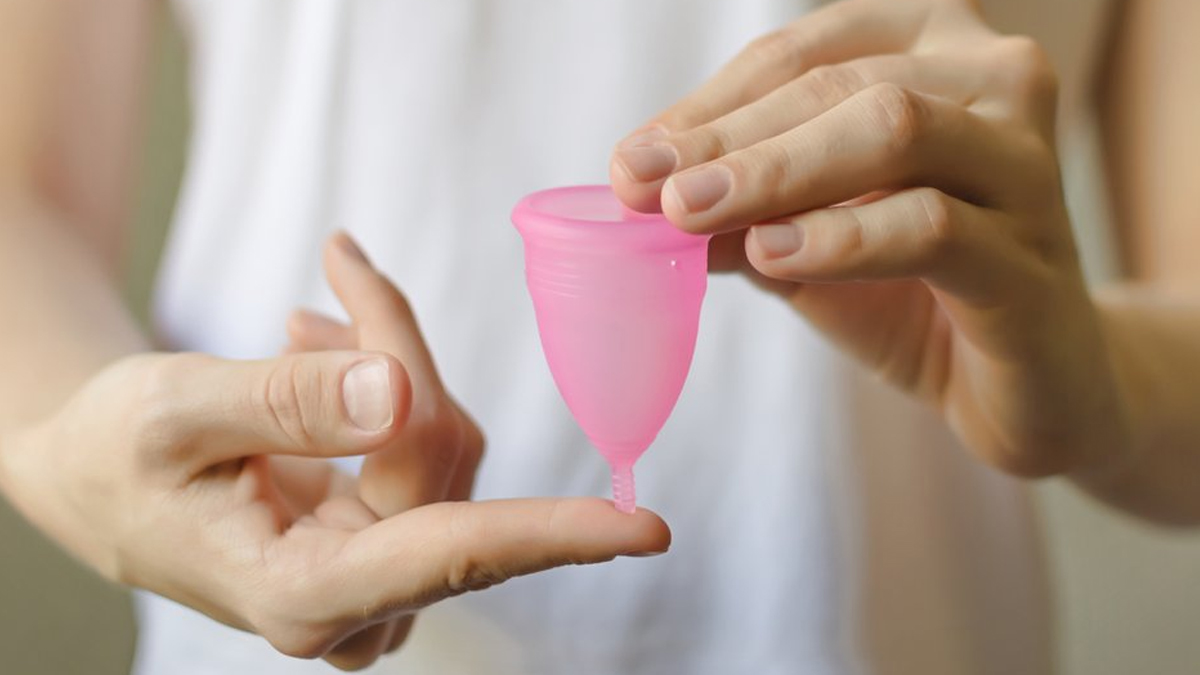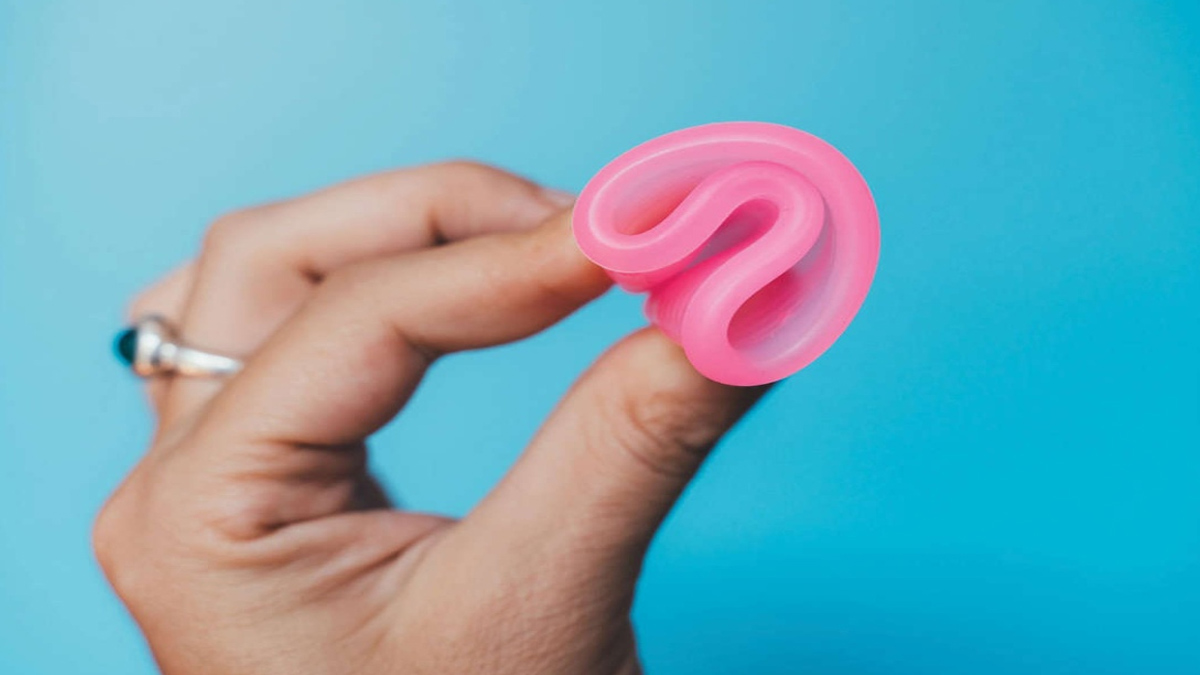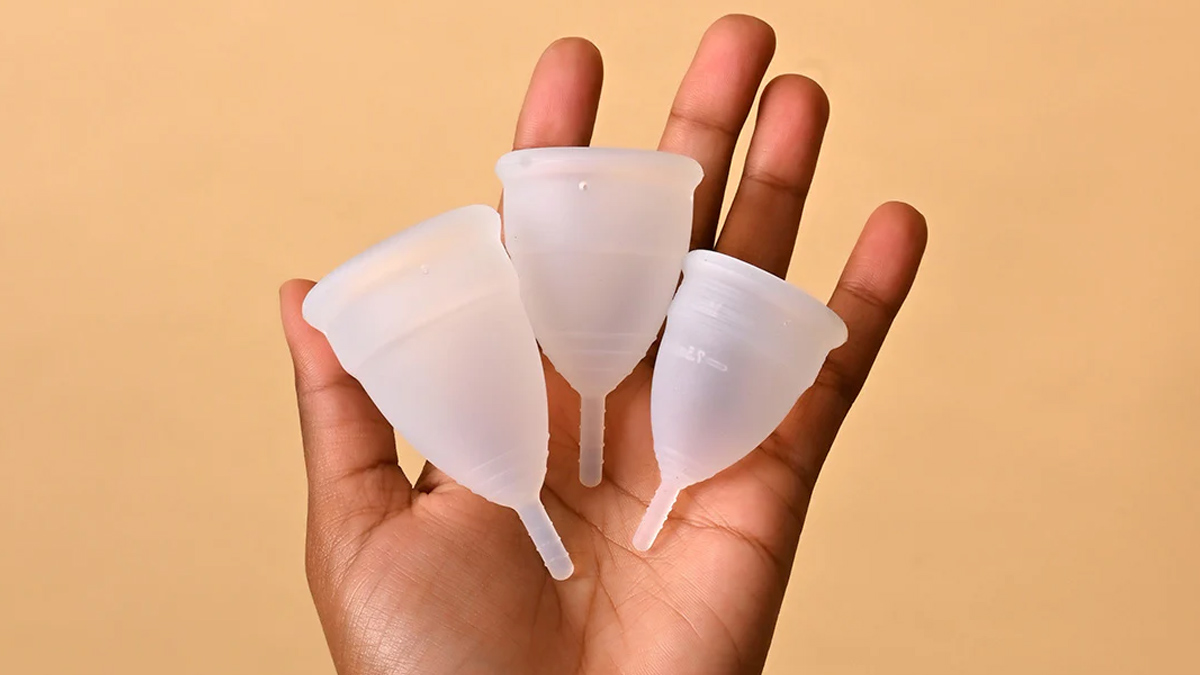
Menstrual cups have gained immense popularity as an eco-friendly and cost-effective alternative to tampons and sanitary pads. However, medical experts are now urging caution, highlighting that ill-fitting menstrual cups could lead to potential health risks, including kidney issues. A recent case has brought attention to the importance of selecting the right cup size and ensuring proper insertion.
Table of Content:-
Menstrual Cup Misalignment Leading to Kidney Problems
Doctors recently reported a case of a woman in her 30s who suffered from intermittent pelvic pain and blood in her urine for months. Initially, she did not associate these symptoms with her menstrual cup use. However, medical examinations revealed that the misalignment of the cup had caused pressure on her ureters—the tubes that transport urine from the kidneys to the bladder. This compression led to temporary kidney complications.

Although this condition is rare, Danish doctors cited in the British Medical Journal (BMJ) have emphasised that improper positioning of menstrual cups can impact nearby organs. Fortunately, the patient made a full recovery after discontinuing the use of the cup and receiving appropriate medical care. Experts, however, warn that correct positioning and choosing the right size are crucial to prevent such complications.
Also Read: Pariksha Pe Charcha 2025: Deepika Padukone Discusses Aspects Of Mental Health With Students
Why Proper Fit Matters
A menstrual cup that is too large or incorrectly placed can put pressure on surrounding structures in the pelvic region. In extreme cases, prolonged pressure on the ureters can cause urine retention, leading to kidney-related issues. Doctors stress the importance of detailed instructions on cup usage since these products are often purchased without medical consultation.
"Correct positioning, along with choosing the appropriate cup shape and size, is essential to avoid negative effects on the upper urinary tract," medical professionals warn.

How to Use a Menstrual Cup Safely
Menstrual cups are made from medical-grade silicone or rubber and can hold around 20 to 30ml of menstrual blood. When inserted properly, they create a suction seal, preventing leaks while ensuring comfort. However, improper insertion and removal can lead to complications. Here are some guidelines to ensure safe use:
- Choose the Right Size: Menstrual cups come in different sizes. Smaller sizes are designed for younger users or those who have not given birth, while larger sizes are recommended for individuals who have given birth vaginally.
Also Read: Health Benefits Of Cold Water Therapy May Be Short-Lived, Study Finds
- Insertion Tips: Fold the cup and insert it into the vaginal canal, allowing it to pop open and create a seal. If the cup is placed too high or at an angle, it may not function correctly and can cause discomfort or health concerns.
- Proper Removal: To remove the cup, do not pull it out by the stem alone. Instead, squeeze the base of the cup to break the suction seal and gently wiggle it out to prevent injury or discomfort.
- Monitor for Symptoms: If you experience persistent pelvic pain, difficulty urinating, or unusual discomfort, consult a healthcare provider to rule out any complications related to cup use.

Additional Considerations and Alternatives
Women who have recently had an intrauterine device (IUD) inserted should be particularly cautious. The suction from a menstrual cup can potentially dislodge an IUD. If the IUD threads are not detectable or if the cup removal feels unusual, seeking medical advice is recommended.
For those who struggle with using menstrual cups, menstrual discs present an alternative. Unlike cups, these are worn higher in the vaginal canal, just below the cervix, and may be a more comfortable option for some users.
Bottomline
While menstrual cups remain a safe and sustainable option for most users, it is essential to prioritise proper sizing and placement to avoid any adverse health effects. Consulting a healthcare professional for guidance and paying attention to one’s body signals can ensure a comfortable and risk-free menstrual experience. If any discomfort arises, seeking medical advice promptly can help prevent serious health complications.
Also watch this video
How we keep this article up to date:
We work with experts and keep a close eye on the latest in health and wellness. Whenever there is a new research or helpful information, we update our articles with accurate and useful advice.
Current Version